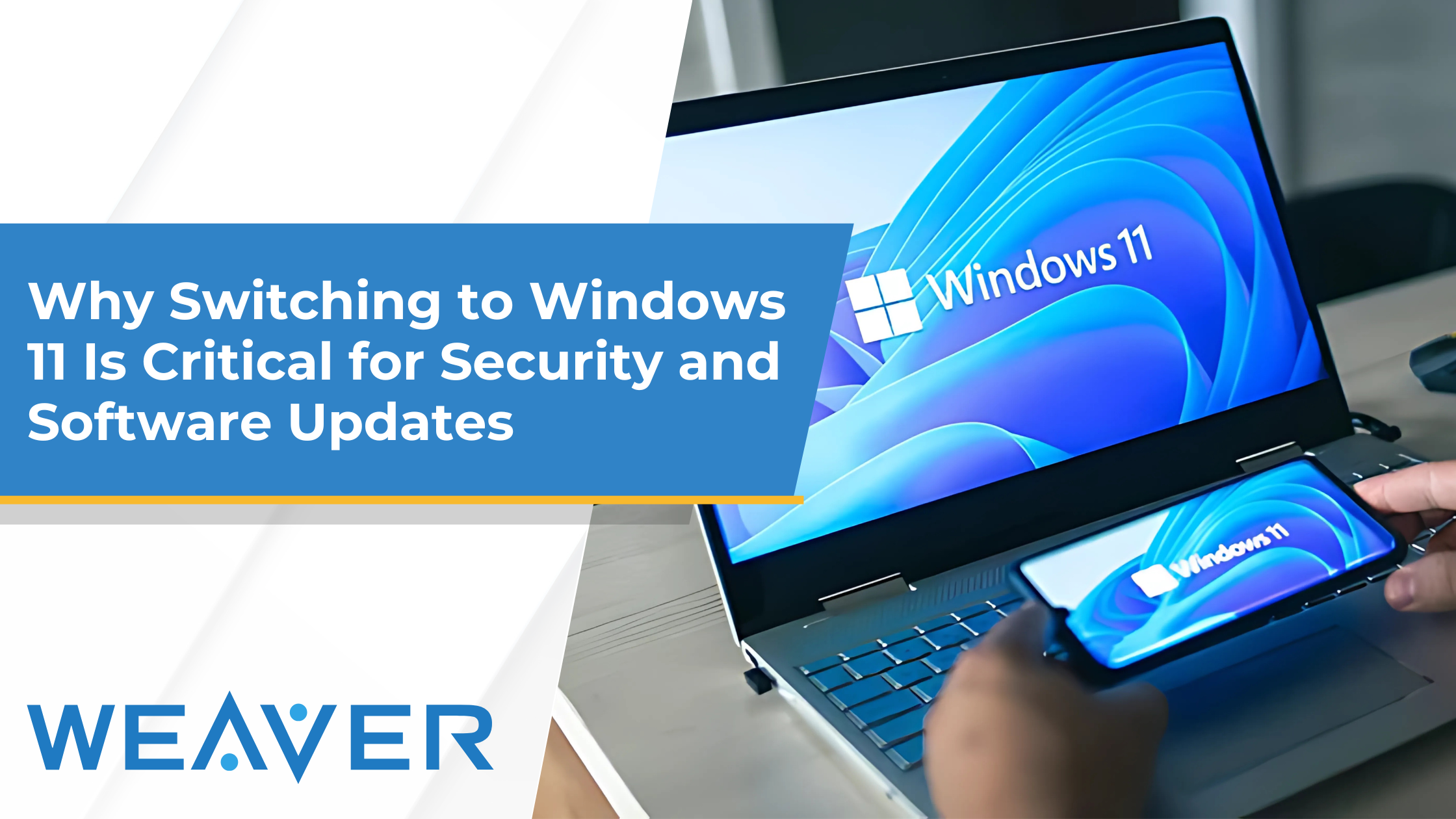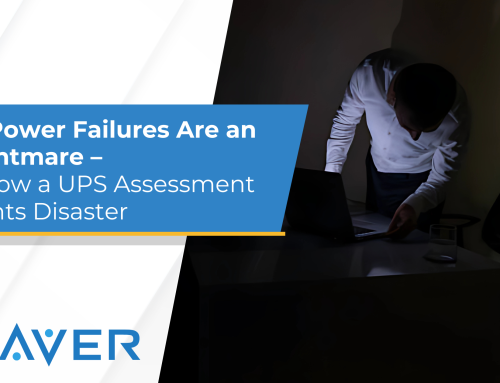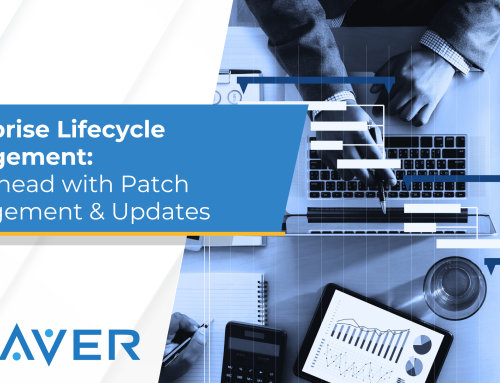With Microsoft officially ending support and security updates for Windows 10 on October 14, 2025, businesses and public institutions still relying on the legacy OS are facing a ticking clock to upgrade to Windows 11. Continuing to operate on unsupported software doesn’t just put productivity at risk—it opens the door to major cybersecurity vulnerabilities and compliance issues.
For organizations prioritizing long-term security, performance, and IT resilience, upgrading to Windows 11 isn’t optional—it’s urgent.
The Security Risks of Not Switching to Windows 11
Once support ends, Microsoft will no longer provide:
- Security patches
- Critical vulnerability fixes
- Performance improvements
This means any new threat—whether it’s ransomware, phishing exploits, or zero-day attacks—could go unchecked. In fact, according to Microsoft, Windows 11 security offers:
2.8x faster protection against malware compared to older systems.
(*Source: Microsoft Security Blog, 2022)
In today’s cyber-threat landscape, that level of speed and responsiveness matters.
Outdated OS = Unsupported Software
It’s not just Microsoft updates that will stop. Many third-party software vendors are also ending support for Windows 10 versions of their applications. This means:
- Line-of-business apps may stop working properly
- Security tools and endpoint protection may not update
- New features from mission-critical tools won’t be available
For IT leaders and administrators, this adds up to increased management burden, decreased system stability, and mounting cybersecurity gaps.
Windows 11: Built for the Future of Secure IT
Windows 11 security was designed with zero-trust architecture, hardware-based security, and AI-enhanced threat detection at its core. Upgrading enables access to:
- Windows Hello for secure authentication
- Credential Guard to isolate and protect sensitive data
- Pluton Security Processor to mitigate physical attacks
- Smart App Control to prevent untrusted software execution
These aren’t just features—they’re essential tools for reducing attack surfaces in today’s hybrid and remote environments.
Plan Early, Avoid Downtime
Transitioning to Windows 11 takes time:
- Hardware compatibility must be evaluated
- Device refreshes may be required
- User training and phased rollouts must be planned
Trying to rush this process at the last minute puts operations and security at serious risk. Working with a trusted IT partner like Weaver Technologies ensures a strategic, seamless transition—on your timeline.
How Weaver Technologies Helps You Upgrade with Confidence
We help public sector agencies, school districts, healthcare providers, and commercial businesses:
- Evaluate device readiness and replacement options
- Create phased upgrade roadmaps
- Deploy Microsoft-certified hardware from Dell, HP, and Lenovo
- Ensure licensing and compliance alignment
- Secure endpoints with enterprise-grade policies
Our team makes sure you’re not just compliant—you’re optimized for the future.







